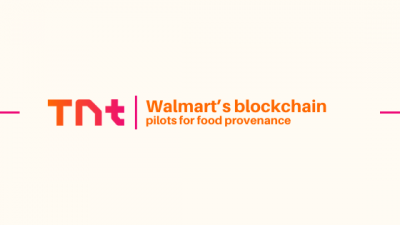A registered education savings plan (RESP) is a tax-advantaged savings and investment account backed by the Canadian government that may make it easier for parents and caregivers to save for their children’s education. RESP investments grow tax-free. Plus, government incentives can boost savings, making secondary education more affordable. Understanding the ins and outs of an RESP can help parents set their children up for success.
How an RESP works
Three roles are central to understanding how an RESP works:
- The beneficiary is the person the account is for who can withdraw funds from an RESP upon entering college or another qualifying form of secondary education. A beneficiary can have multiple RESPs, but can collect a maximum of $50,000 total.
- The subscriber opens the RESP and typically makes regular contributions. The subscriber doesn’t need to be a parent, guardian, or primary caregiver, but they must include the primary caregiver on the application.
- The promoter is the bank or credit union that houses the RESP and eventually makes payments to the beneficiary.
RESP contributions can grow through investment in stocks, bonds, mutual funds, and more. The government may match a portion of those contributions in the form of several grants.
When the beneficiary begins their post-secondary education, the promoter begins paying out the funds from the RESP as educational assistance payments (EAPs).
While contributions aren’t tax deductible, investments are tax-advantaged. That means contributors don’t have to pay taxes on gains within the account. Typically, EAPs count as taxable income for beneficiaries. However, many college students owe minimum taxes because their limited income places them in a lower tax bracket, so they may ultimately owe little.
The promoter may also direct payments to a university or other institution where the beneficiary is enrolled, or to the subscriber as accumulated income payments (AIPs).
Types of RESP
There are two types of RESP available:
- An individual RESP is the standard RESP, with one beneficiary. Anyone can be a subscriber for an individual RESP, regardless of their relationship to the beneficiary.
- A family RESP can have multiple beneficiaries. Subscribers for a family RESP must be related to each beneficiary. If one beneficiary doesn’t attend post-secondary school or use all of their funds, the subscriber may transfer the remaining amount to another beneficiary within the RESP.
RESP grants and bonds
The government may help incentivize saving by providing the following:
- The Canada Education Savings Grant matches up to 20% of a subscriber’s annual RESP contributions, up to $500 per year and $7,200 total per child.
- The Canada Learning Bond offers up to $2,000 for low-income families with RESPs.
- The Quebec Education Savings Incentive deposits a refundable tax credit of up to $250 per year into eligible RESPs for Quebec residents.
- The British Columbia Training & Education Savings Grant is a contribution of up to $1200 per child for British Columbia families who apply when the child is between six and nine.
Using RESP funds
To receive RESP funds as EAPs, a beneficiary must be enrolled in either a qualifying educational program or a specified educational program.
A qualifying educational program must be post-secondary school level, last at least three weeks, and require at least ten hours a week of class time or schoolwork. A specified educational program is similar, but instead of ten weekly hours of class time or schoolwork, students must spend at least twelve hours per month on courses.
Beneficiaries can withdraw up to $8000 during their first 13 weeks of enrollment. After that, there’s no limit on individual withdrawals.
What if a beneficiary doesn’t use their RESP?
A beneficiary has 36 years after plan opening to enroll in post-secondary school. If they don’t, any grant or bond money in the account will be returned to the government. Subscribers have a few options for using the remaining funds:
- Transfer funds to a different beneficiary.
- Withdraw contributions. Subscribers can take back their contributions tax-free, but investment earnings may be subject to taxes and penalties.
- Move funds into a different government-sponsored savings account, like a Registered Retirement Savings Plan.
An RESP is an accessible tool that can help Canadian families cover the high costs of education and utilize government benefits. A trusted financial advisor may be able to help families make the most of their RESPs.
Media Contact Information:
Name: Sonakshi Murze
Job Title: Manager
Email: [email protected]
Information contained on this page is provided by an independent third-party content provider. Binary News Network and this Site make no warranties or representations in connection therewith. If you are affiliated with this page and would like it removed please contact [email protected]



Comments